
Developer: Square Enix
Publisher: Square Enix
Platform: PC, PS4, Switch
Tested on: PS4
NEO: The World Ends with You – Review
Neo: The World Ends With You is not exactly a standalone title as first there was the game The World Ends With You, co-developed by Square Enix and Jupiter, for the Nintendo DS back in 2007. Most of the game’s staples were already there, from the distinctive art style and urban fantasy elements in the Shibuya setting to the plot centered around the Reapers’ Game. Still, it took 14 years for this sequel to see the light of day, and it has a lot of new features to show for it.
Story
NEO: The World Ends With You takes place in a city-map modeled after the real Shibuya City, a major commercial area in Tokyo popular for its youth culture, fashion, and shopping. Here is where the game’s plot takes place, and you walk around as Rindo Kanade, the main protagonist, and playable character. In sequences that resemble manga strips, you will see him interact with a cast of original characters, including his two closest friends, classmate Fret and fellow gamer Swallow. Rindo is still just a high school student and he is enjoying another simple day in his favorite district when he is suddenly catapulted into the world of something called the “Reapers’ Game”.
Reminiscent of the Ordinal Scale from the SAO anime series, The Reapers’ Game will take Rindo and his team, “The Wicked Twisters”, around town, battling enemies called “Noise” over the course of 7 days. Each day is full of surprises, revealing additional details on the game’s plot and its interesting twists. It soon becomes quite clear for The Wicked Twisters that they can’t just stop playing the game and leave it behind them. Something clearly feels off. NEO‘s story is rich and, although slightly predictable, it unfolds in long, humorous dialogues that serve as the game’s backbone, while also providing clear instructions for the game’s quests.
Graphics
Inspired by Japanese youth culture and the urban feel of Shibuya, NEO explores a very interesting mix of genres, fusing the look of videogames and manga. Character interactions and plot development happen in manga-like visual sequences where your only role is to click further in the dialogue, while combat resembles the typical over-the-top Asian hack and slash feel we are accustomed to from other Square Enix titles. The overall ambiance is perfectly achieved with this mix.
However, we felt the city itself lacked in personality, as it is only a static canvas stuck behind the game – you cannot really interact with it or explore it, as the different city areas and combats are locked behind loading screens and tiny arenas.
Sound
The creator of the original The World Ends With You soundtrack, Takeharu Ishimoto, returned as a musician and composer for NEO – and that was undoubtedly the right choice. NEO’s music is intense and rock-heavy, very fitting for the game’s general vibe and tone. It is also worthy to note that the voice acting of both the English dubs and the original Japanese version is on point, and the menu and combat sounds fit in with everything else nicely, without drawing in unnecessary attention.
Gameplay
NEO: The World Ends With You is a single-player action RPG game developed by Square Enix, a company that really does not need any further introduction at this point. Contrary to its prequel, NEO uses 3D graphics, although not in a fully integrated open-world and 360-degree view kind of way (camera angles are fixed). Most of the gameplay will take you along the streets of the Shibuya district in Tokyo, where you will be interacting with an original set of characters and solving the missions related to the Reapers’ Game.
NEO’s fighting system allows you to control not only Rindo but all of the members of your party simultaneously during combat, using the different buttons of the controller. This is a really interesting and unorthodox take on party management, while keeping up with the fast-paced rhythm of the game. We were very glad this title chooses to avoid turn-based combat, which would have felt out of place in such a vibrant and sensory-intense title.
Enemies are scattered around points in town and you can attack them with your “psych abilities”, which are unique for each different character in your party. These abilities are granted, in turn, by items you acquire during battles. These are the collectible “pins”, which look just like badges you could be wearing on your backpack. As you level up, so do your pins, and pairing different groups of pins will create different attack combinations. So, as you collect additional ones, you will want to swap your loadout to experiment with different attacks and their effects on your enemies.
Additionally, you will be able to choose what combinations are best for different enemies, as you have access to the “Noisepedia” in your menu. This is where information about each enemy is stored. Different enemies have different chances for pin drops, and you can choose which ones you want to fight by paying close attention to their Noise icon.
One of the game’s coolest features is the combination you get from attacking the same enemy with different combos and characters. A “Drop the beat” gauge will appear if you fulfill the right conditions, and if you then hit the same enemy using another character’s power that will boost your “Groove” indicator, allowing you to finish off with a “Mashup” fusion skill. It is a frantic system, fully matching the intensity of all the other aspects of the game, and making combat extremely fun.
Thankfully, you can rest between fights by choosing a place to eat in Shibuya, where different foods can boost the stats of your party. Texting, fighting, and eating: what else do Japanese teenagers do during their free time? Oh wait, they also like to dress in style. NEO is well-aware of this, and it makes sure to include ways for you to raise your Style stat, which will help you with picking up alternative outfits around town. In order to buy outfits, you will need yen (¥), the currency of Japan and of NEO. Unlike real life, however, you will automatically collect yen after each fight, and you can also discard extra pins you don’t like to use in exchange for additional currency.
The game’s art style and its coherent vibe are definitely its highest selling points. The appeal of playing as a rebellious Japanese teenager in Shibuya City is perfectly captured, up to the long sequences exchanging SMS where Rindo talks to his friends spamming emojis and GIFs. Many of the game’s smaller details also add a lot of flavor to the game; for example, the option to inquire into passerby thoughts succeeds in making the faceless crowd around the characters feel more real, even if it is useless gameplay-wise.
However, NEO is not without a fault. On the one hand, battles are so fast-paced that you will be tempted to just ability-spam your enemies, and most of the time, that will be enough to win. The enemies themselves are also not overly interesting or varied and can be grinded for extra XP, which will make it hard for combat to feel fresh outside of collecting new pins.
On the other hand, the game’s rigid camera angles and controls do not allow you to ever feel you are actually exploring Shibuya. You constantly bump into inaccessible areas of the map and cannot jump, run faster or zoom in on anything, and you will accidentally start fights all the time, when you’re just trying to go around town reading people’s thoughts. This, coupled with the mini-games and puzzle-like quests that occur between fights, can make NEO sometimes feel like a shallow walking simulator plus button masher title.
We could not help but think that, as the game tried really hard to make a coherent experience around a very specific ambiance, it succeeded at it, but at the cost of overall in-game depth. If we forgo the plot (not necessarily children-friendly), the remainder of the game feels too juvenile. There is also too much unnecessary fluff that does not complement the core gameplay, the biggest example of this being the graffiti wall that you can only access in your menu. A much better solution would have been to integrate it in the gameplay, allowing us to directly apply the graffiti to the city walls. The same can be said about the characters’ outfits which are only visible inside the menus. Different choices for these elements would have made Shibuya feel that much more alive and connected to our characters.
Conclusion
NEO: The World Ends With You is a great title to prove that video games can go beyond the limits imposed by traditional mediums and offer a completely original experience. In this case, it is something between an intense Anime-inspired hack and slash and a graphic novel. Worthy of its prequel, it managed to keep the Shibuya youth ambiance, while adding new gameplay elements that make it quite unique. Even if it is not a gaming masterpiece and it might be aimed at a younger audience, NEO is still a really fun game, and one we recommend you pick up, if you don’t mind it being somewhat limited.
NEO: The World Ends with You – Review,4 Comments
Leave a Reply
You must be logged in to post a comment.

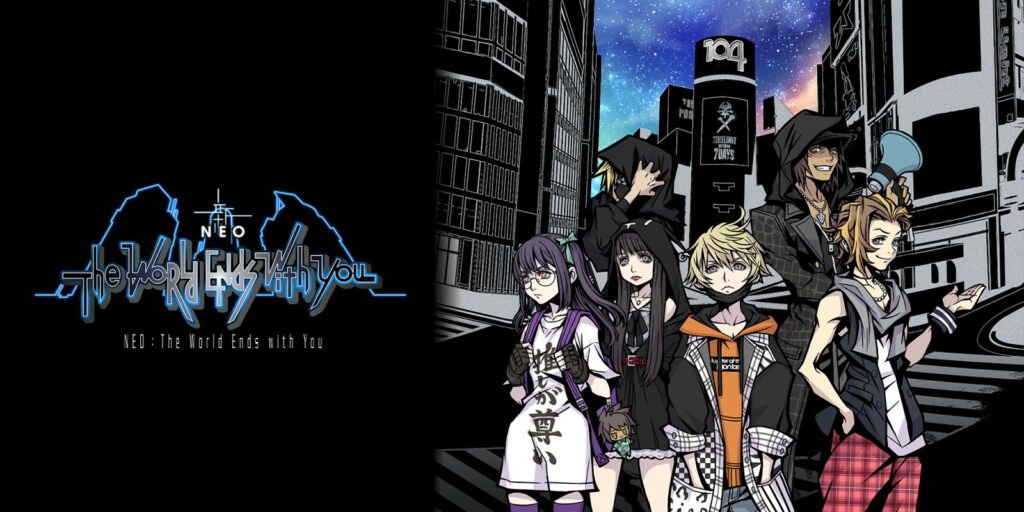
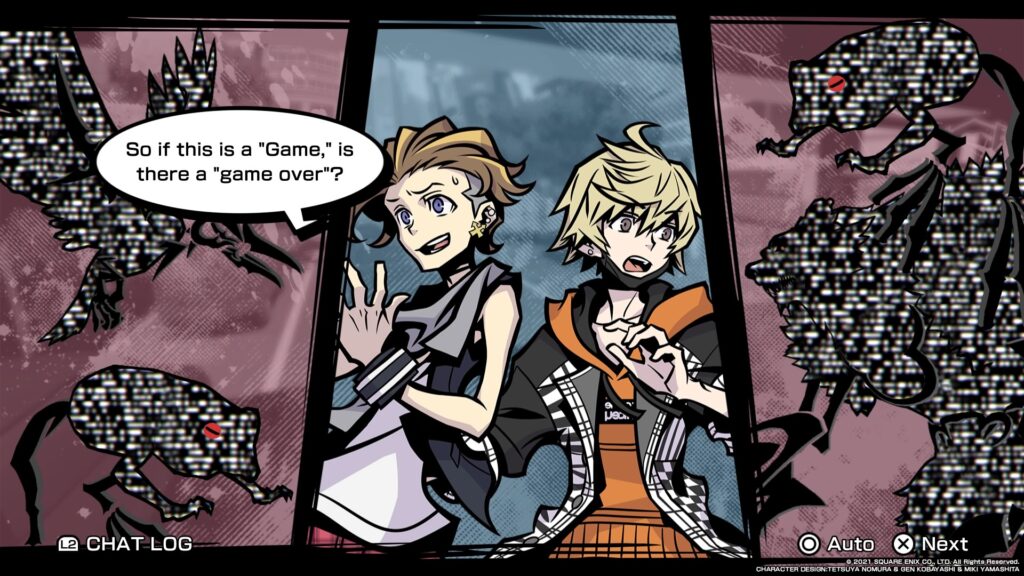
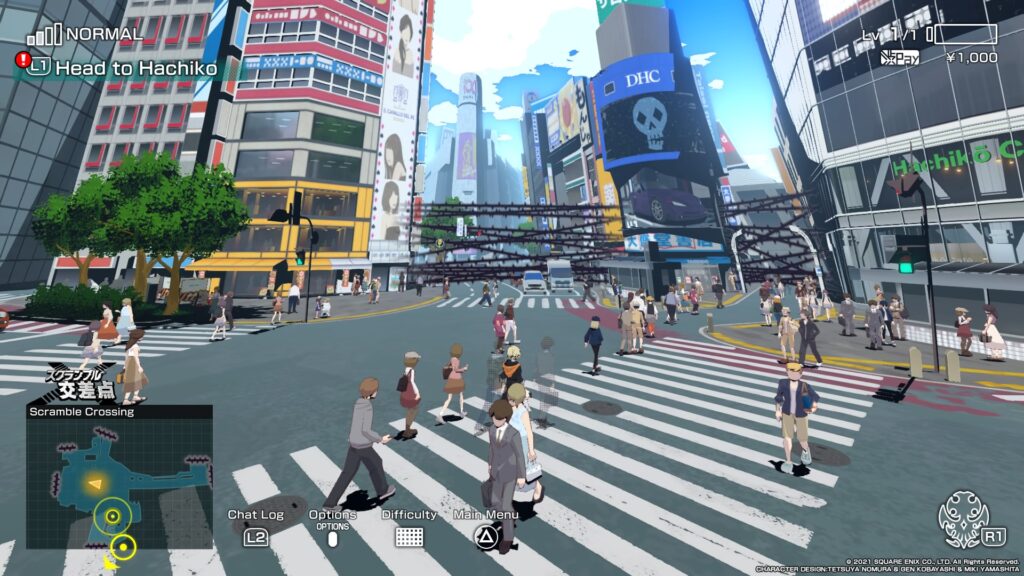
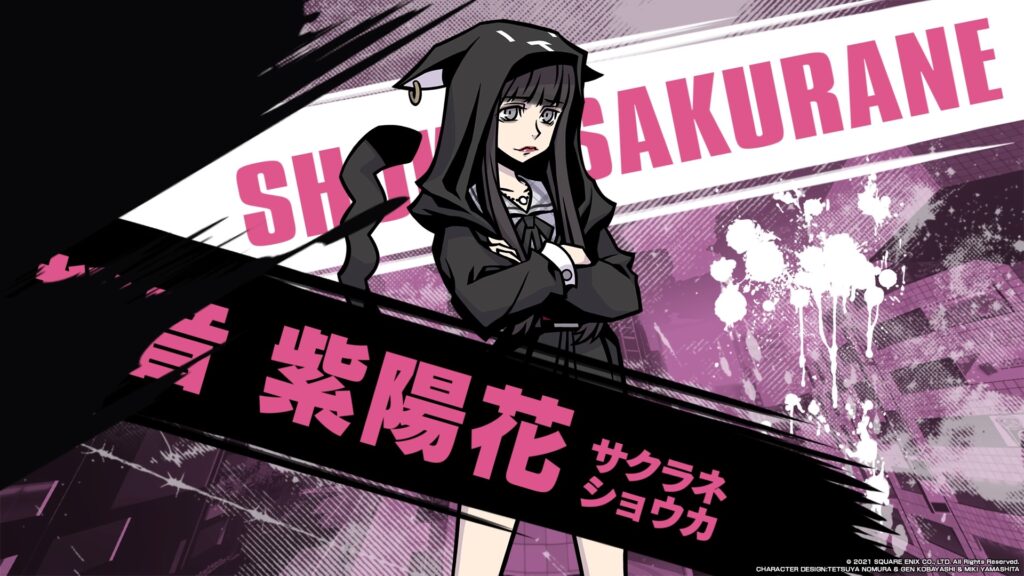
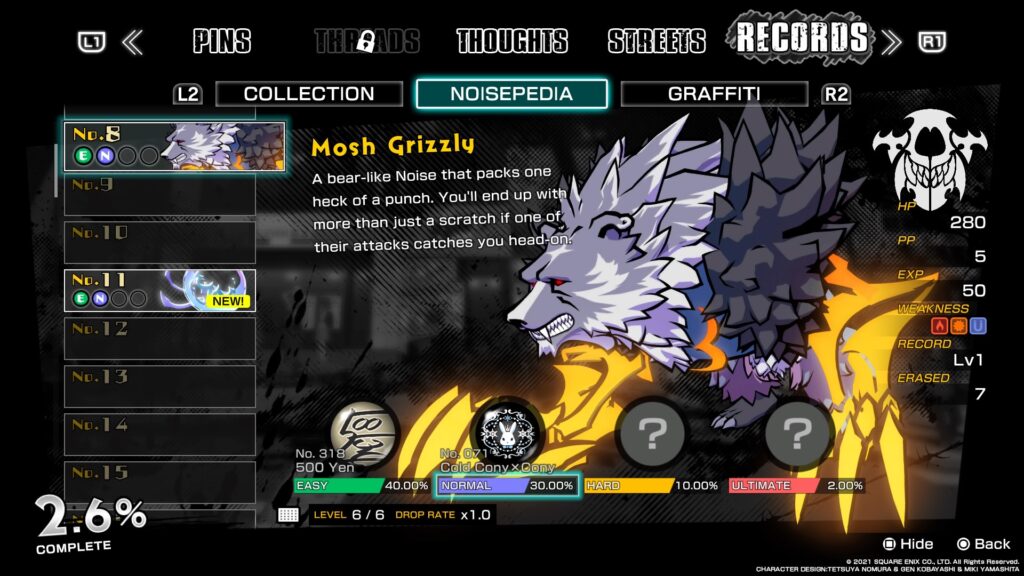
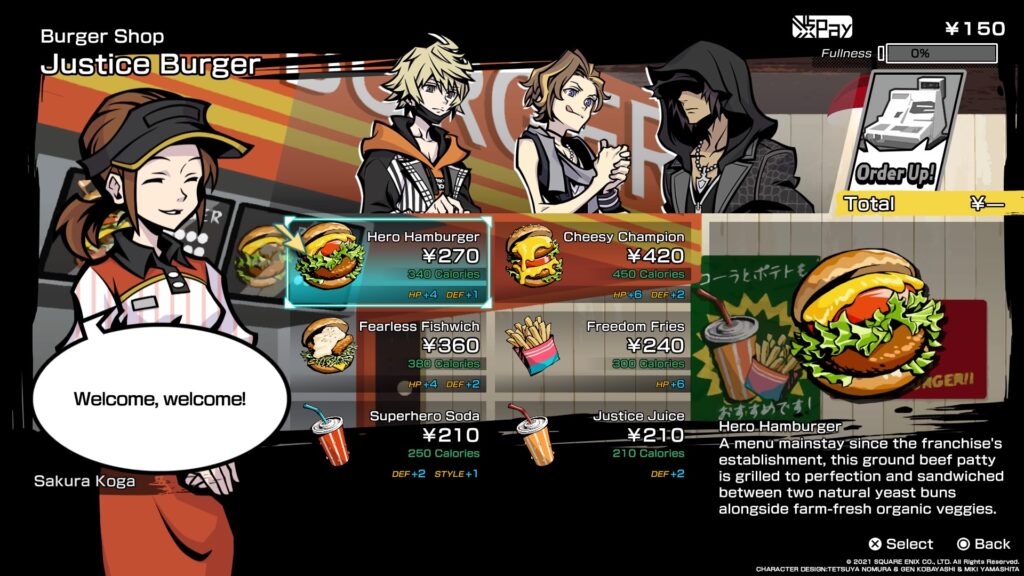
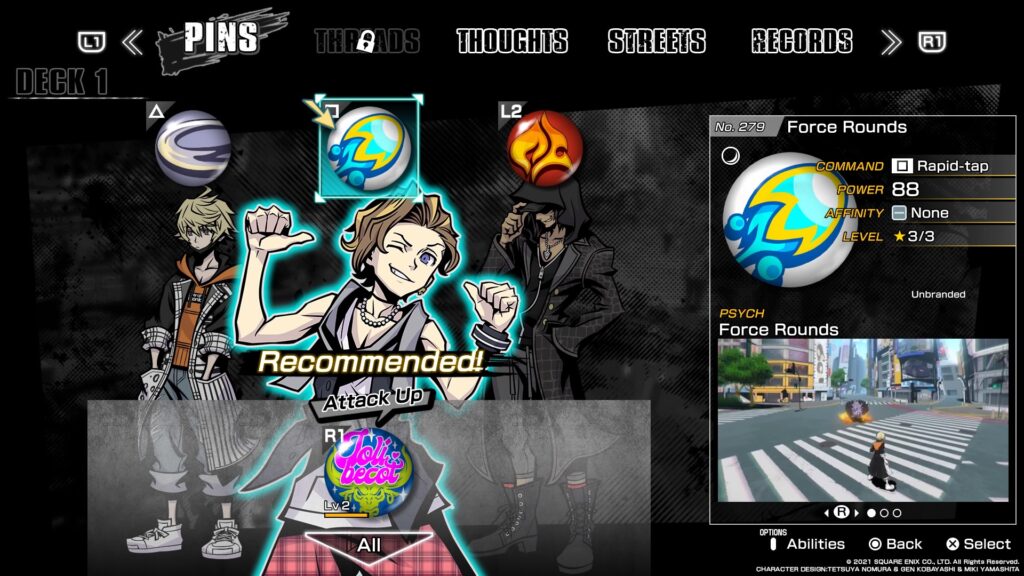
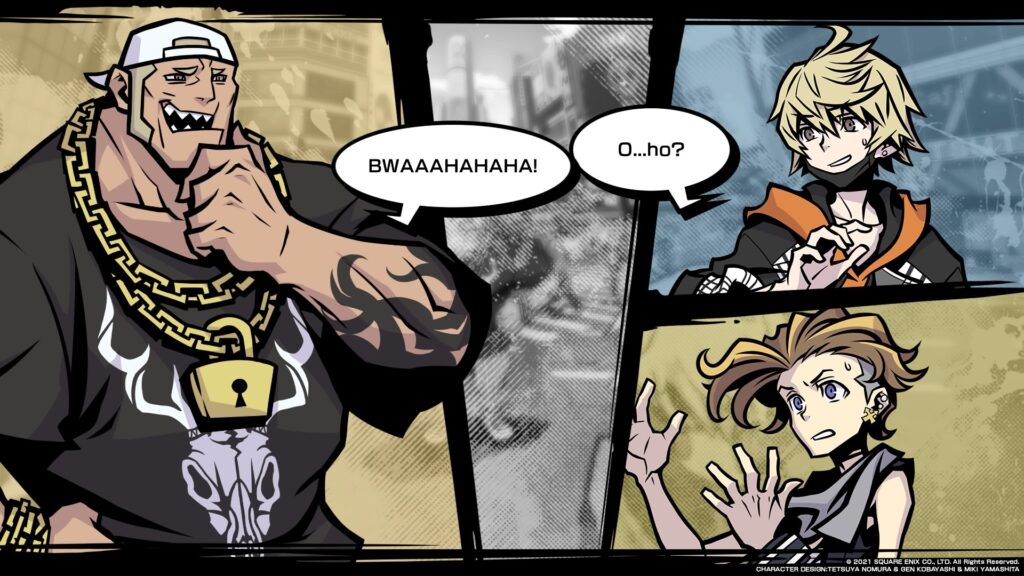
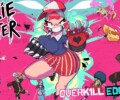
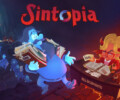


[…] is the day that the highly anticipated sequel to Square Enix’ action RPG arrives worldwide. In NEO: The World Ends with You, players are transported to the lively streets of Shibuya, where they step into the shoes of […]
[…] mysteries behind this sinister game which is seemingly inescapable. NEO: The World Ends with You debuted on PS4 and Switch earlier this year but now PC players get their chance to jump into the […]
[…] opportunity to grab one of the best RPGs through Steam. Roam the lively streets of Shibuya Tokyo in NEO: The World Ends with You, and follow the adventures of Rindo who is competing in the Reapers’ Game. As this […]
[…] this is supposed to be an unsettling game, and art director Gen Kobayashi, whom you may know from NEO: The World Ends with You, absolutely nails the atmosphere. The hand-drawn backgrounds look gorgeous and the character […]